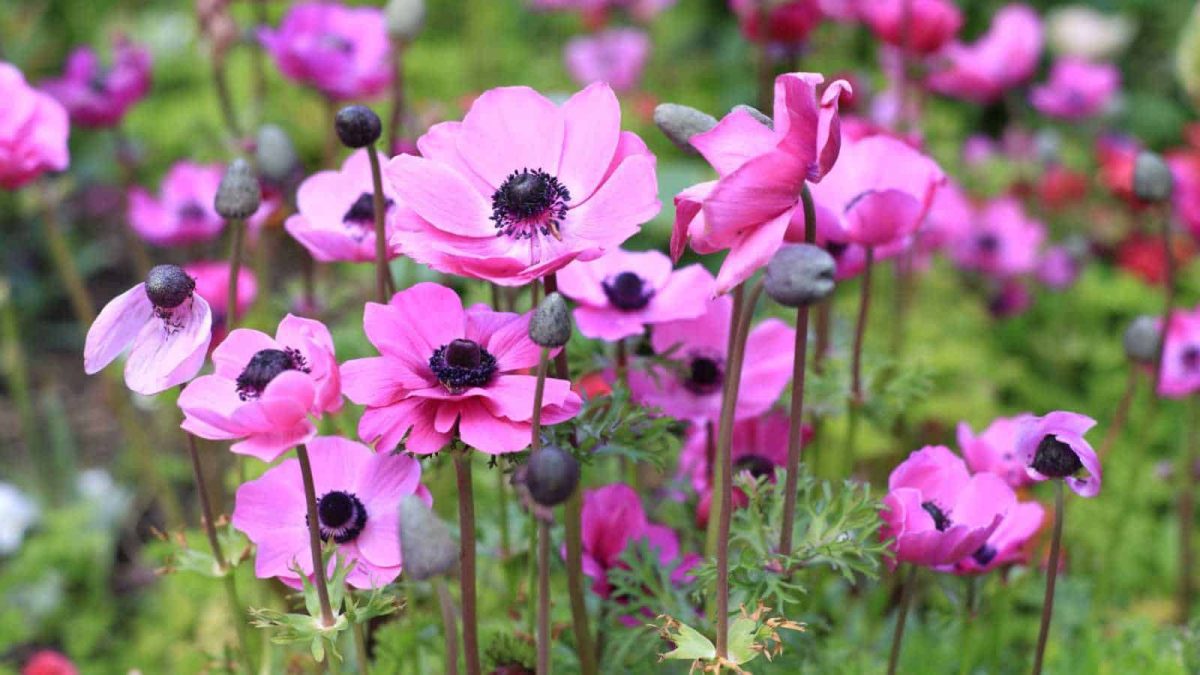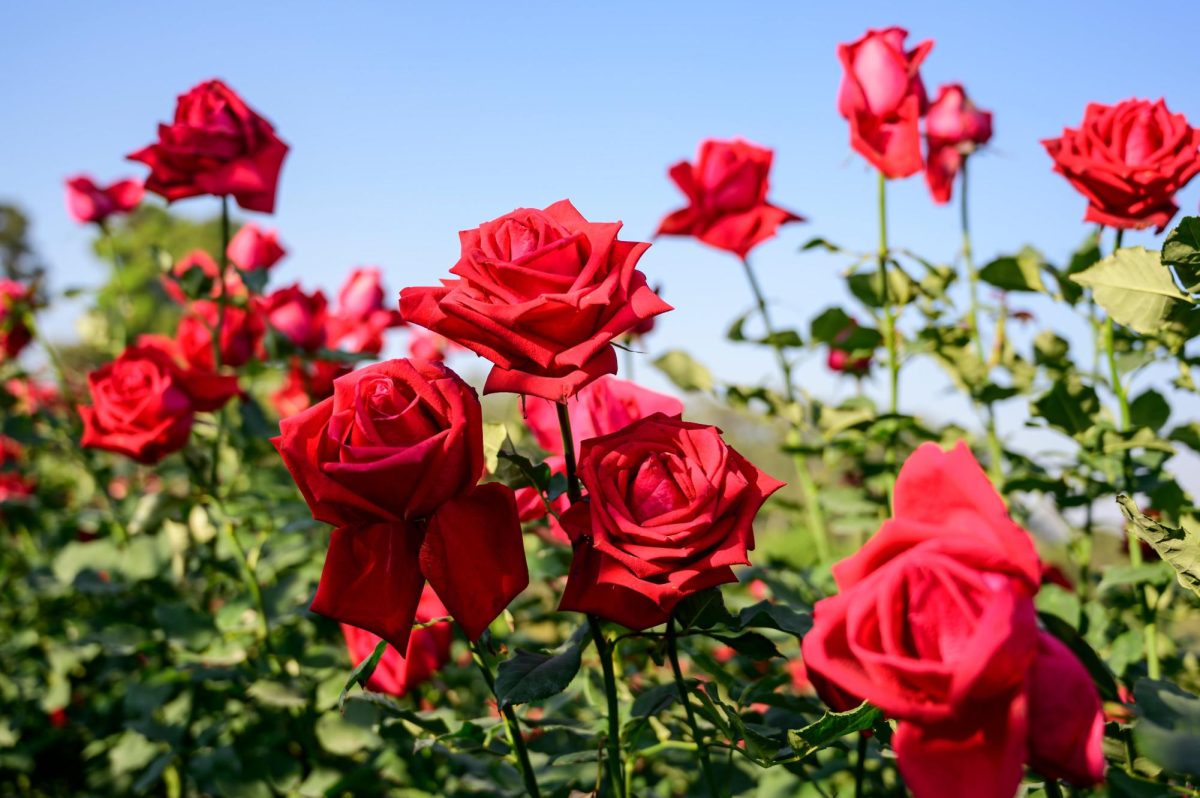As spring approaches and flowers begin to bloom, their beauty captivates us, drawing us into a world where each bloom tells a story. Flowers have long been a source of fascination, not just for their aesthetic appeal but also for the profound meanings they convey. Across cultures and centuries, flowers have been used to communicate a range of emotions and sentiments, adding a layer of depth to their already enchanting beauty.
Roses: Among the most iconic flower symbols, roses carry various meanings depending on their color. Roses are generally associated with love, beauty, and passion. Red roses symbolize deep love and desire, while white roses signify purity and innocence. Pink roses are often chosen to express admiration and gratitude, making them a popular choice for conveying appreciation and affection.
Lotus Flower: In many Eastern religions, particularly Hinduism, Buddhism, Sikhism, and Jainism, the lotus flower holds profound symbolism. Often associated with purity, enlightenment, and spiritual awakening, the lotus grows from muddy waters, symbolizing resilience and the ability to overcome obstacles to achieve enlightenment.
Sunflower: Symbolizing adoration, loyalty, and longevity, the sunflower’s bright, cheerful appearance has made it a popular choice for conveying warm feelings of affection and devotion. Sunflowers are also known for their ability to track the sun, symbolizing loyalty and constancy in various cultures. Sunflowers are native to North America and Mexico, making them unique to our region. Pedrick Produce, a sunflower field in Dixon California, is one of the closest “must-see” sunflower fields in California (https://pedrickproduce.com).
Orchids: Orchids are symbols of strength, peace, love, and elegance. Their delicate beauty and exotic appearance have made them a symbol of luxury and refinement. The meaning of orchids can vary depending on their color, with each color representing different sentiments. For example, a pink orchid symbolizes grace, joy, and happiness, while a white orchid signifies innocence and purity.
Periwinkle: The periwinkle flower symbolizes faithfulness and trust, with its delicate blue flowers often associated with loyalty and enduring love. In some cultures, the periwinkle is also seen as a symbol of friendship and camaraderie. “If somebody gifted me a periwinkle bouquet,” shares Hailey Whitehurst (11), “I think I would cry. It would just show me that they put in more effort than just stopping by the store.”
Anemone: Anemone flowers are often associated with anticipation and excitement for the future. Their vibrant colors and delicate petals make them a symbol of hope and optimism. Anemones are also believed to bring good luck and protection against evil forces.
Buttercup: Symbolizing growth, youthfulness, good health, and attraction, the buttercup’s bright yellow petals are reminiscent of the sun, symbolizing vitality and energy. Buttercups are often used to convey messages of happiness and cheerfulness.
Pansy: The pansy flower is associated with intuition and inner wisdom. Its name is derived from the French word “pensée,” meaning thought or remembrance. Pansies are often seen as a symbol of reflection and contemplation, encouraging us to look inward and trust our instincts.
Understanding the special meanings of different flowers can enrich our experience of them and help us convey our emotions more effectively. Whether you’re choosing flowers for a special occasion or creating a bouquet for a loved one, knowing the language of flowers can add a thoughtful touch to your gesture, making it even more meaningful and memorable.


























